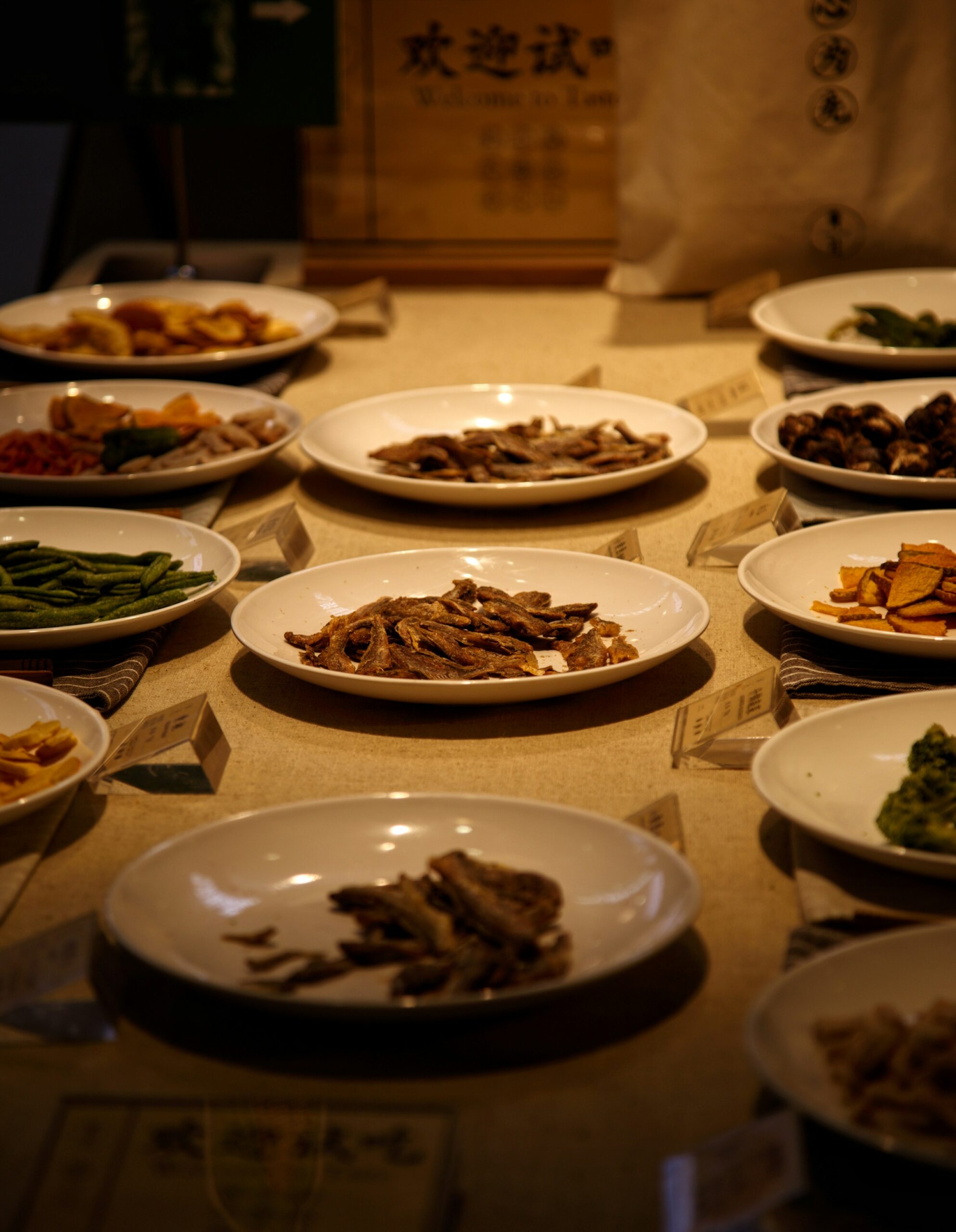If you think you know “spicy,” but you’ve never had a real Sichuan meal, allow me to be the first to tell you: you have no idea.
My first encounter with authentic Sichuan cuisine wasn’t just a meal; it was a sensory recalibration. It was a bowl of Mapo Tofu in a tiny, steamy restaurant in Chengdu. The first bite was a wave of rich, savory flavor. The second was a building heat from the chili. But the third bite… the third bite was something else entirely. My lips started to tingle. My tongue felt like it was gently vibrating, as if I’d licked a 9-volt battery. It wasn’t pain. It was… electric.
This, my friends, is the soul of Sichuan food. It’s not just about the burn. It’s about a complex, layered experience called málà (麻辣). To understand this cuisine, you have to forget everything you think you know about “spicy” and embrace the beautiful, numbing fire.
The Holy Trinity: The Three Pillars of Sichuan Flavor
Sichuan cooking is a masterclass in balance, and it all starts with three key ingredients. This isn’t just a random spice rack; this is a carefully orchestrated trio, each playing a vital role.
| Ingredient | The Sensation | The Secret |
| 1. Sichuan Peppercorn (花椒 – Huājiāo) | The Numb (麻 – Má) | This is the secret weapon, the magic trick. These little reddish-brown husks have nothing to do with black pepper or chili peppers. When heated, they release a compound that creates a tingly, buzzing, numbing sensation on your lips and tongue. This isn’t a flaw; it’s the entire point! The má sensation actually primes your palate, making it more receptive to the flavors that follow. It opens the door so the chili can kick it in. |
| 2. Chili Peppers (辣椒 – Làjiāo) | The Hot (辣 – Là) | This is the straightforward, fiery heat you know and love. Imported from the Americas a few hundred years ago, chilies were embraced with religious fervor in the damp, humid climate of Sichuan, where traditional medicine says “hot” foods are needed to drive out the “dampness.” You’ll find everything from fresh chilies to dried ones, like the famous “facing heaven” chili (朝天椒 – Cháotiān Jiāo), which points upwards as it grows. |
| 3. Fermented Broad Bean Paste (郫县豆瓣酱 – Píxiàn Dòubànjiàng) | The Soul (香 – Xiāng) | This is the MVP you’ve probably never heard of. This thick, dark red paste is the savory, funky, umami-rich soul of Sichuan cuisine. Made from broad beans, chilies, salt, and flour, and fermented for months (or years!), it provides a profound depth of flavor that simple heat can’t achieve. The stuff from Pixian county is so legendary it has protected geographical status, like Champagne in France. |
These three work in harmony. The má numbs, the là burns, and the dòubànjiàng provides the savory foundation. It’s a symphony, not a shouting match.
Putting It All Together: The Flavor Profiles
The genius of Sichuan chefs is that they don’t just use málà for everything. They’re masters of creating a whole range of complex flavor profiles (味型 – wèixíng). Málà is just the most famous one.
-
Mapo Tofu (麻婆豆腐 – Mápó Dòufu): The poster child for málà. The silky tofu is a perfect canvas for the numbing peppercorns, the fiery chili oil, and the deep savoriness of the broad bean paste and minced meat.
-
Kung Pao Chicken (宫保鸡丁 – Gōngbǎo Jīdīng): Surprise! The authentic version isn’t just sweet and gloopy. It represents a different profile called lychee-flavored (荔枝味 – lìzhī wèi) or sour-and-sweet (糖醋味 – tángcù wèi), but with a chili kick. It’s a delicate balance of sweet, sour, and savory, with just a hint of má from a few Sichuan peppercorns. The peanuts add the final, crucial texture.
-
Fish-Fragrant Eggplant (鱼香茄子 – Yúxiāng Qiézi): The name is a classic misdirection. There’s no fish! “Fish-fragrant” is a flavor profile that mimics the seasonings used in traditional fish cooking: pickled chilies, garlic, ginger, and scallions. It’s tangy, spicy, sweet, and savory all at once—a true rollercoaster for your taste buds.

A Laowai’s Survival Guide: How to Order
Walking into a real Sichuan restaurant can be intimidating. But you have the power! Here’s the magic phrase:
“这个辣度可以选吗?” (Zhège làdù kěyǐ xuǎn ma?) – “Can I choose the spice level for this?”
If they say yes, you have three options:
-
微辣 (Wēi là): Mildly spicy. This is your “tourist mode.” A safe and delicious entry point.
-
中辣 (Zhōng là): Medium spicy. The local standard. You’ll feel the burn and the buzz.
-
特辣 (Tè là): Extra spicy. Proceed with caution. This is for the brave, the foolish, or the local who grew up on this stuff. Your server might even give you a “Are you sure, foreigner?” look.
Sichuan cuisine isn’t an attack on your senses; it’s an awakening. It’s a bold, complex, and deeply satisfying culinary world that proves that sometimes, the best flavors are the ones that make your whole face tingle. So be brave. Dive in. Embrace the málà. You might just find your new favorite food.
